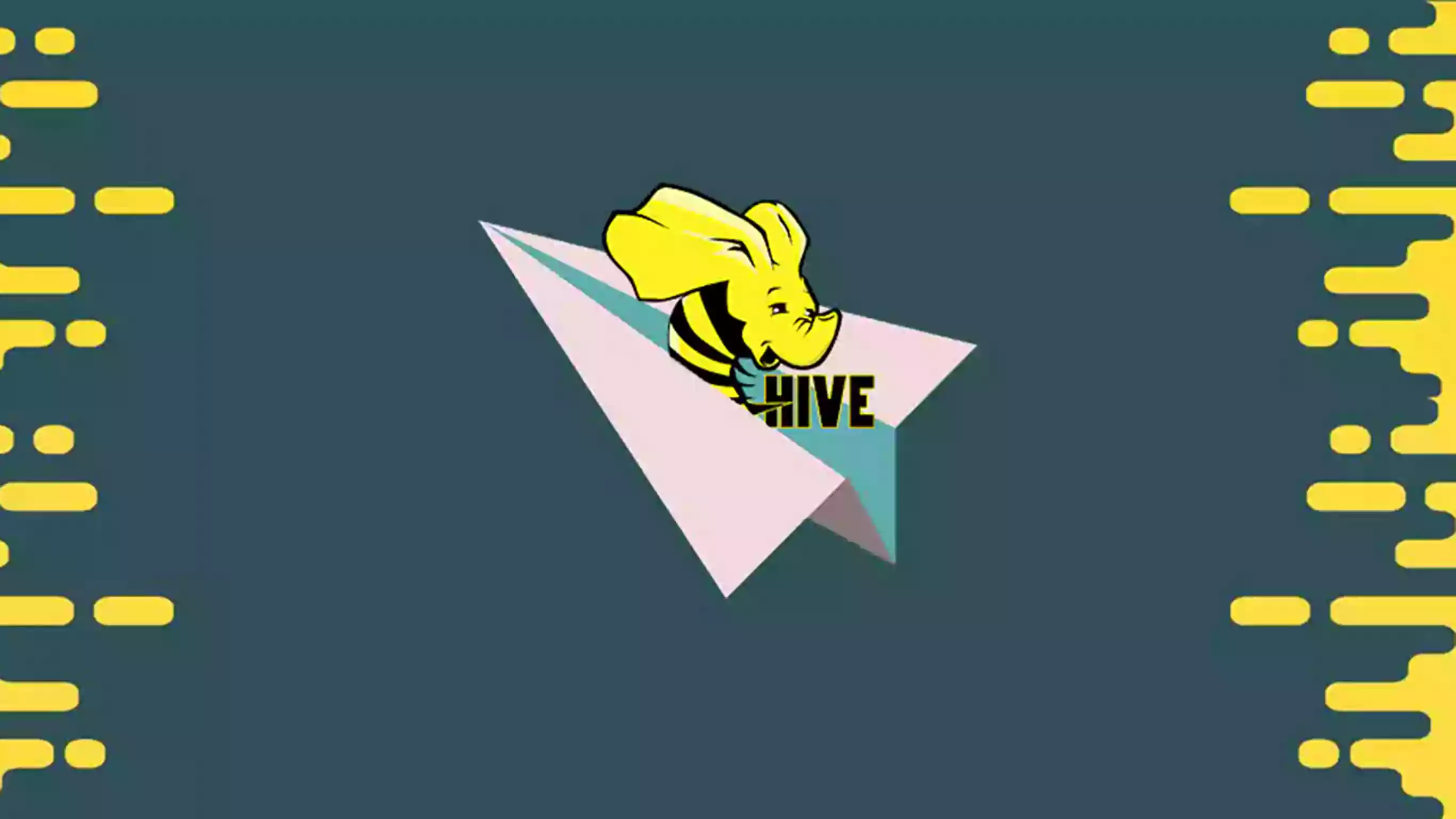Apache Hive
A pattern is applied to a table in conventional data sets. In such customary data sets, the table regularly upholds the mapping when the information is stacked into the table. This empowers the data set to ensure that the information entered follows the portrayal of the table as determined by the table definition. This plan is called diagram on compose. In examination, Hive doesn't confirm the information against the table pattern on compose. All things considered, it accordingly runs time checks when the information is perused.

This model is called blueprint on read. The two methodologies have their own benefits and disadvantages. Checking information against table composition during the heap time adds additional overhead, which is the reason customary data sets set aside a more drawn out effort to stack information. Quality checks are performed against the information at the heap time to guarantee that the information isn't bad. Early location of degenerate information guarantees early exemption taking care of. Since the tables are compelled to coordinate with the outline subsequent to/during the information load, it has better inquiry time execution. Hive, then again, can stack information powerfully with no blueprint check, guaranteeing a quick introductory burden, however with the disadvantage of nearly more slow execution at inquiry time. Hive has a benefit when the composition isn't free at the heap time, however is rather produced later dynamically. Exchanges are key activities in customary data sets. As any ordinary RDBMS, Hive upholds each of the four properties of exchanges (ACID): Atomicity, Consistency, Isolation, and Durability. Exchanges in Hive were presented in Hive 0.13 yet were simply restricted to the parcel level. Recent rendition of Hive 0.14 had these capacities completely added to help total ACID properties. Hive 0.14 and later gives diverse column level exchanges like INSERT, DELETE and UPDATE
The capacity and questioning tasks of Hive intently take after those of conventional information bases. While Hive is a SQL tongue, there are a ton of contrasts in design and working of Hive in contrast with social information bases. The distinctions are principally on the grounds that Hive is based on top of the and needs to consent to the limitations of and Map Reduce.